Results 1 to 10 of 35
Hybrid View
-
02-21-2015, 10:01 PM #1
 Broken razors and grain structure
Broken razors and grain structure
So Gregg71's post on heat treating O1 was interesting! and it's been a while since broke a razor.
So I thought I would see what I had around to mess up
I'll be the first to say I don't know half the amount that some here do.... but I do know enough to be dangerous!
So what to brake..
I figured I would start with every ones favorite Chinese import.
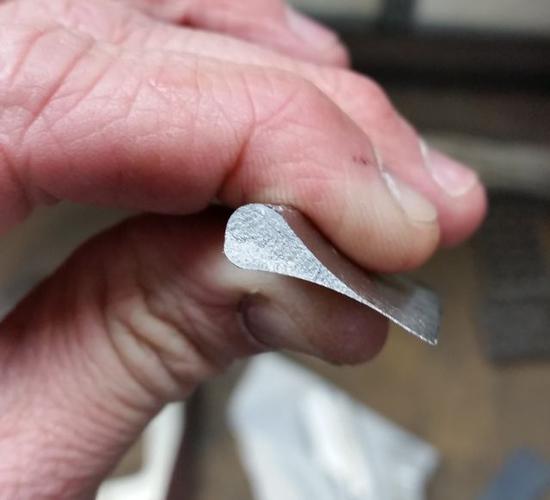
Then a vintage AW Wadsworth
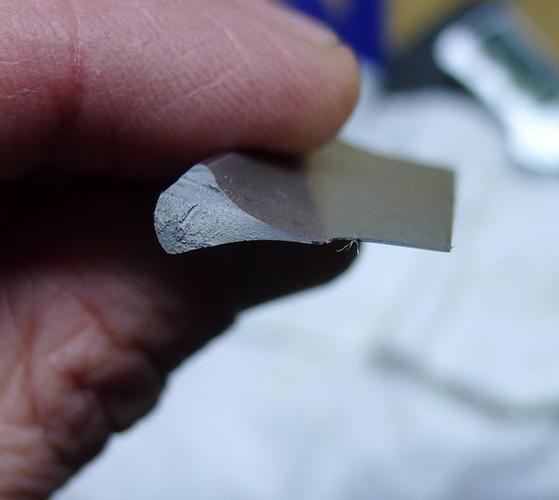
O1 that I junked
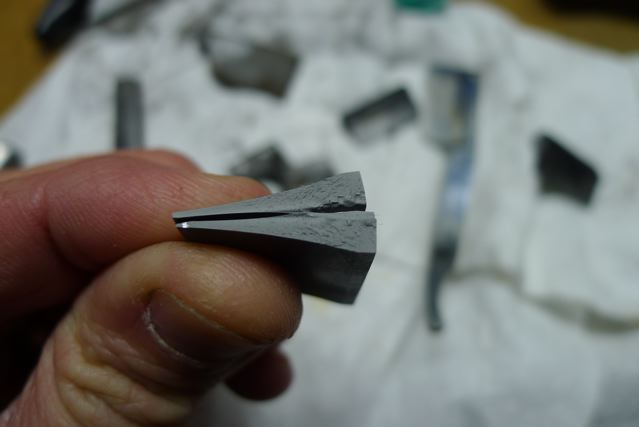
And lastly a Pakistan razor
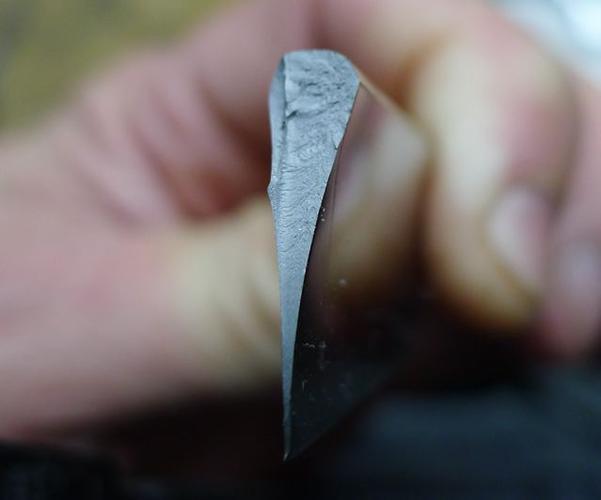
What I found interesting.
1) how grainy the Chinese razor looks, I didn't expect it look great but not that grainy
2) surprised how smooth the Pakistan razor looks. That being said the geometry of that razor was all over the place. spine width from .20-.16
A question that may not be answered .. I wonder if the Chinese razor is a product of poor steel of poor HT.
I think I have at least 1 SS razor to bust up and see how it looks.
It's interesting to see what's inside...
Any opinions on the pics are welcome!Last edited by MileMarker60; 02-22-2015 at 12:19 AM.
-
The Following 10 Users Say Thank You to MileMarker60 For This Useful Post:
Baxxer (02-22-2015), bluesman7 (02-22-2015), gregg71 (02-22-2015), jmercer (02-22-2015), MrMagnus (03-02-2015), nipper (02-25-2015), ScottGoodman (02-22-2015), spazola (02-22-2015), Substance (02-21-2015), TrilliumLT (02-22-2015)
-
02-21-2015, 11:50 PM #2

Thanks for sharing mate
With the GD have you considered running it through a HT and re breaking to see if the structure alters to confirm material or process flaws ?
Look forward to further infoSaved,
to shave another day.
-
The Following User Says Thank You to Substance For This Useful Post:
spazola (02-22-2015)
-
02-22-2015, 12:10 AM #3

I did play around with it a little bit.
Here it is after normalizing and HTing the same as I would 1095
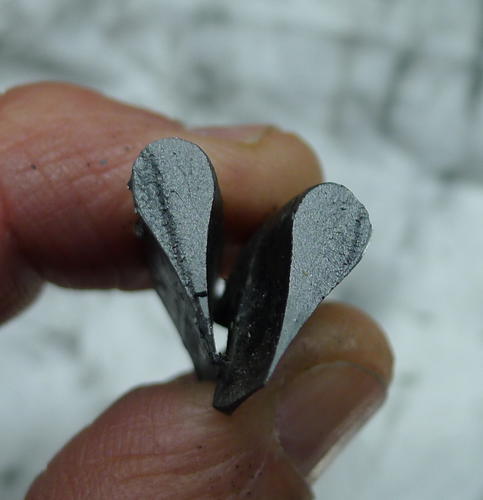
Here is a piece I did as if it was O1
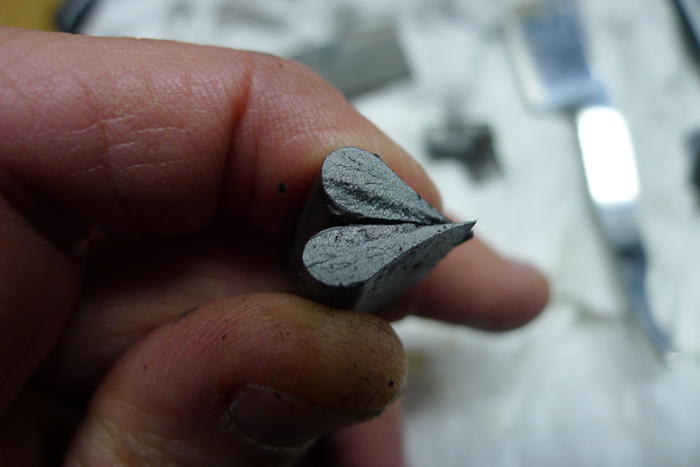
Plan on trying another piece a little differently to see what happensLast edited by MileMarker60; 02-22-2015 at 12:18 AM.
-
The Following 2 Users Say Thank You to MileMarker60 For This Useful Post:
bluesman7 (02-22-2015), TrilliumLT (02-22-2015)
-
02-22-2015, 01:16 AM #4

Looks more than likely to be HT is the issue as those grains look very similar hey
Saved,
to shave another day.
-
02-22-2015, 01:24 AM #5

I'm not sure.. my ht on the Chinese razor is little more then a guess. While one looks a slight bit better , it's still a big different when placed side by side
Here is the the re-HT razor beside the Pakistan razor
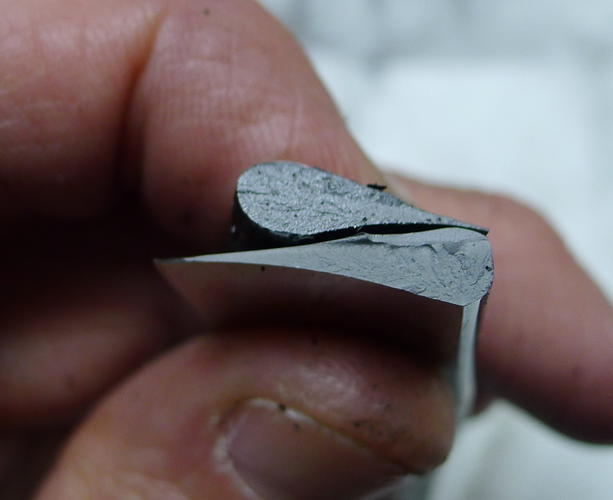
-
02-22-2015, 01:33 AM #6illegitimum non carborundum



- Join Date
- Jan 2008
- Location
- Rochester, MN
- Posts
- 11,552
- Blog Entries
- 1
Thanked: 3795
This is an awesome thread!
Anything involving the breaking of Chinese razors is a good thing!
Realistically though, an N of one is insufficient. An N of 1000, now that may have some stastical value.


 39Likes
39Likes LinkBack URL
LinkBack URL About LinkBacks
About LinkBacks






 Reply With Quote
Reply With Quote
